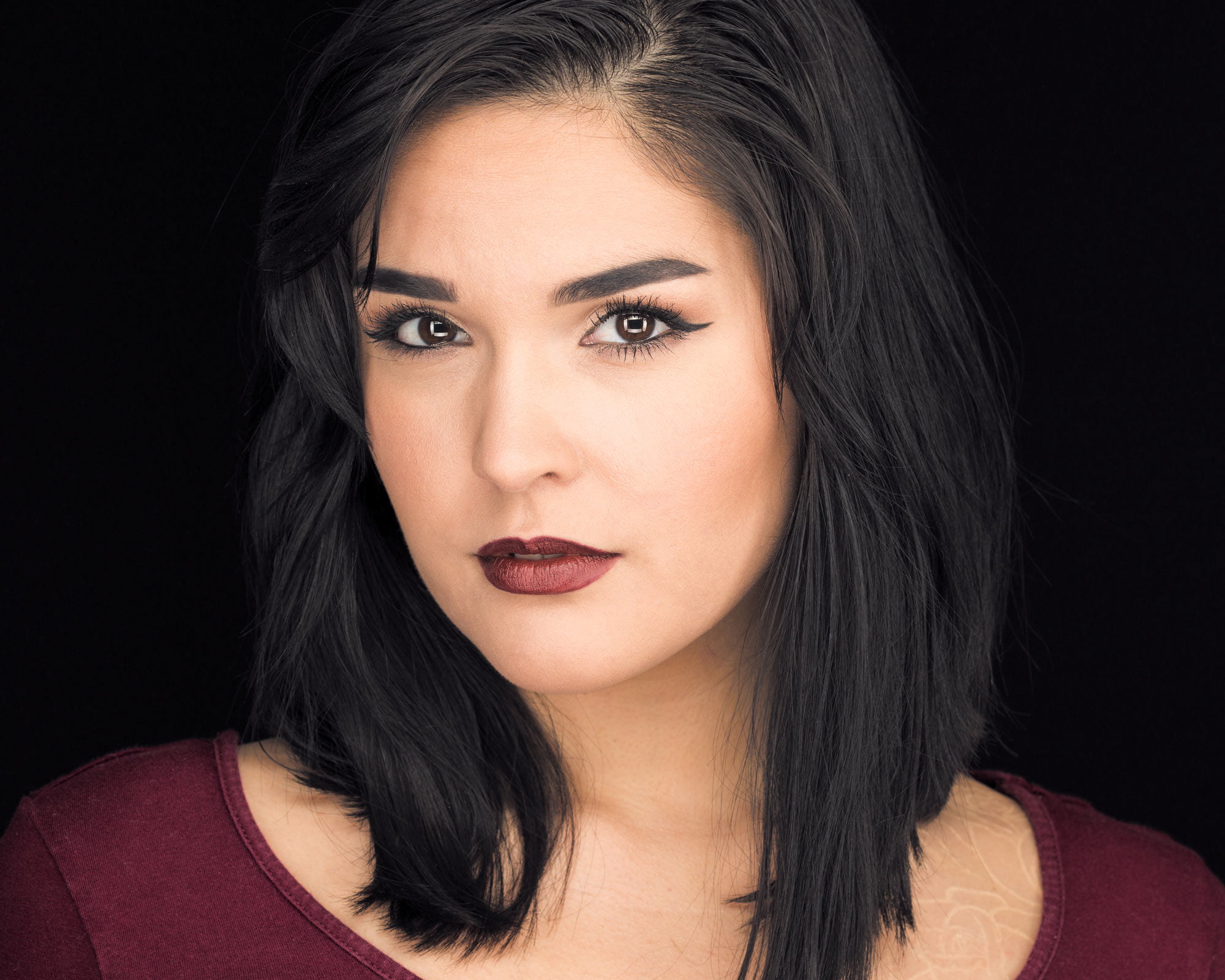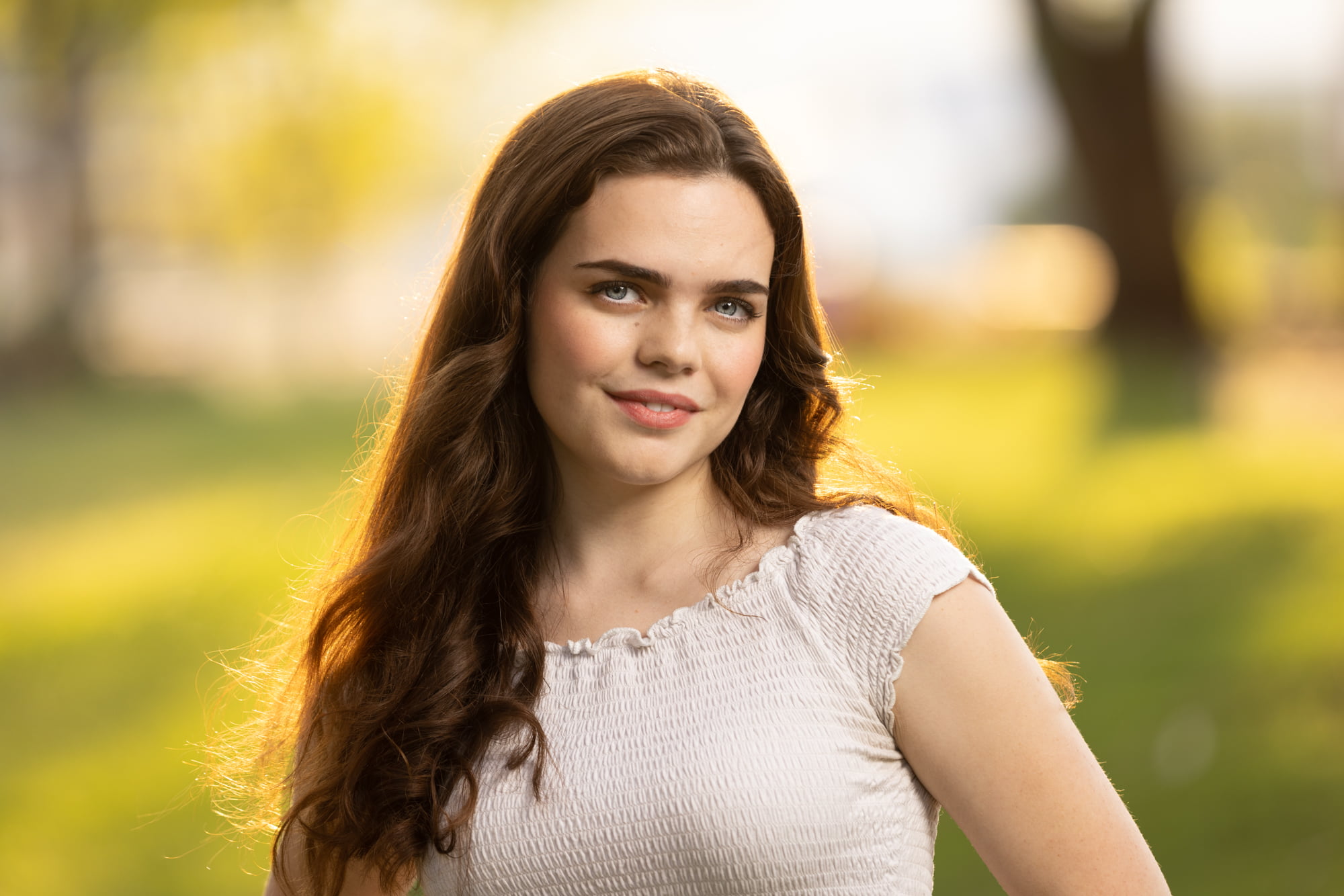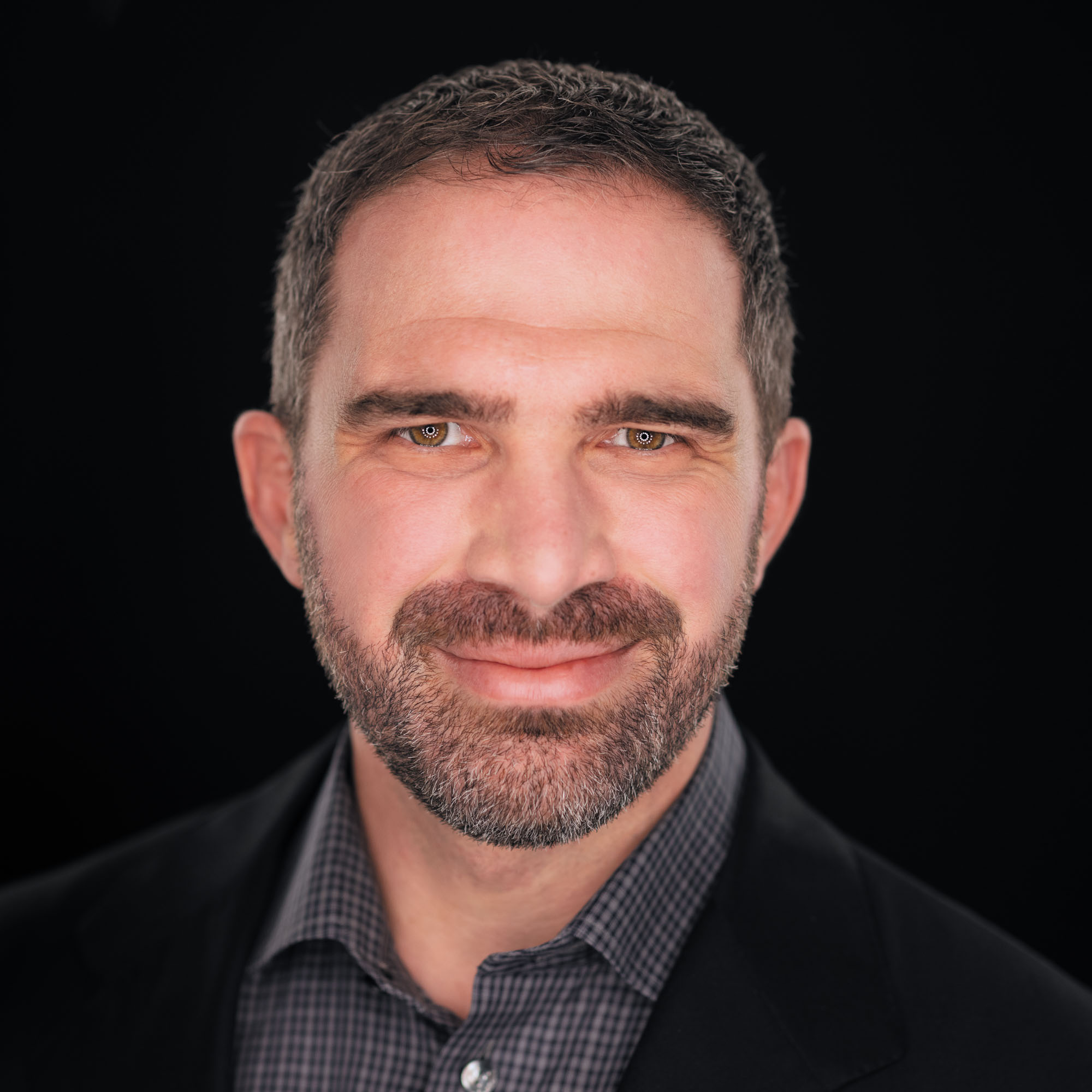Headshot Photographer | Sonoma, Ca
As a dedicated headshot photographer, I specialize in helping you make the best first impression. In today’s virtual business world, a professional headshot is essential for connecting with your customers.
A standout headshot conveys confidence and approachability, distinguishing you from the competition. My sessions focus on capturing your unique personality, building trust, and fostering a stronger connection with your audience.
Quick Navigation
Book Your Headshot
Why People Choose Me For Their Headshots
I am dedicated to ensuring my clients are thrilled with their headshots, and their positive reviews reflect this commitment. Check out additional testimonials on Google to see why many highly recommend my services. Here’s what some of them have to say:





FAQ
Below, I’ve compiled answers to some of the most common inquiries I receive to help you prepare for your session and understand what to expect. If you have any other questions, check out my headshot FAQ here or please don’t hesitate to contact me.
How Much do Headshots Cost?
Base Price is $275 and Includes:
- Environmental style headshot session at your location
- Watermarked proofing gallery of all captures from your session
- Hand retouching of your favorite headshot by me
- Digital JPEG of your favorite image optimized for the web at 2000px on the longest side
Additional People / Images:
- 2-9 images: $220 per image
- 10-19 images: $195 per image
- 20+ images: $165 per image
Style Options:
- Environmental (within 1 hr of Sonoma CA): No additional fee
- Studio Style: $400 set up fee at your location
- Professional Hair and makeup $250 per person
What Headshot Styles Do You Offer?
I offer two different style options for your headshot: “environmental” and “studio.” Environmental headshots are created with available lighting and backgrounds at your location. Studio style headshots are created by crafting a studio at your location. To understand the differences between these two styles and their benefits, you can check out this post about headshot styles here.
What Are Some Thing I Can Do To Get Better Headshots?
As a professional headshot photographer, I’ve written these posts to help you get the best photos from your shoot. They focus on what YOU can do before your session to make the biggest impact.
Whether it’s your first time having your headshot capture professionally or you’re looking to update an old photo, these posts provide a comprehensive guide to help you get the better portraits from your session.

Headshot Styles: Environmental vs Studio
Choose between two distinct headshot styles: studio style on black, white or grey or environmental photographed with available backgrounds.
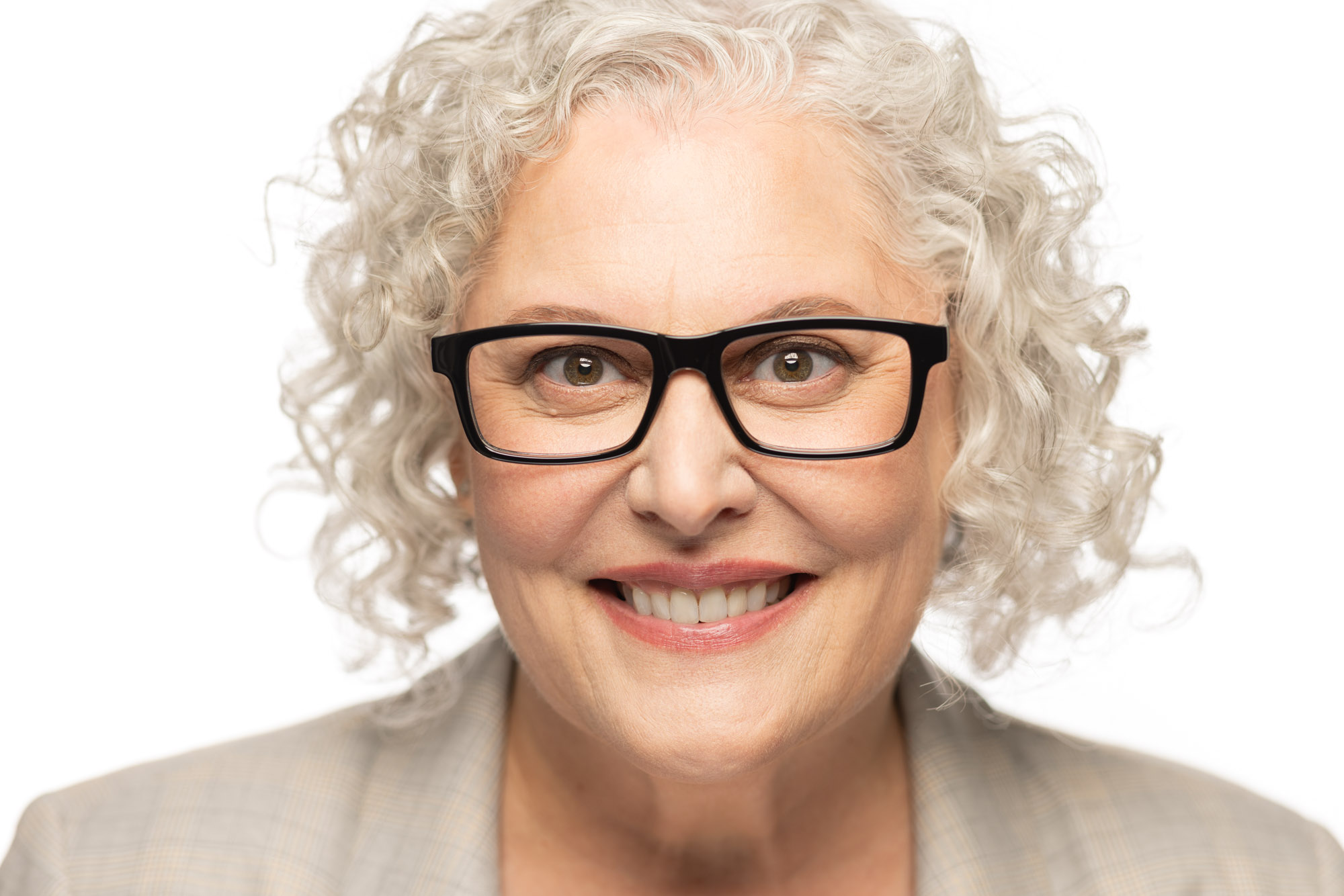
What to Wear For Female Headshots: Style Guide
This post will show you what to wear for female headshots so you get the best portraits possible at your upcoming photoshoot.
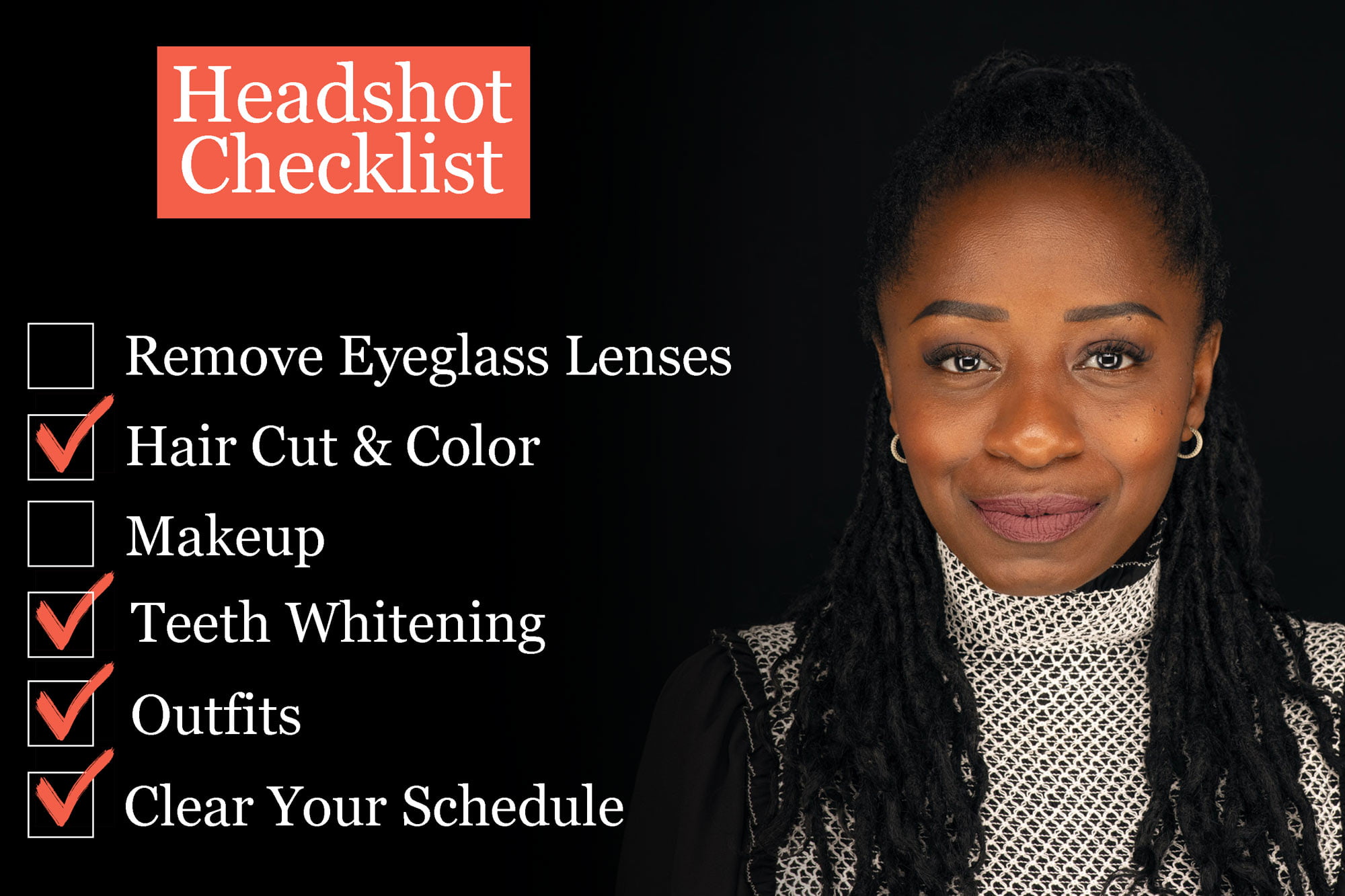
Headshot Session Checklist
This checklist is to help you get the best headshot possible from your session. Most of these things are pretty easy to do and can have a very positive impact on your final photos should you choose to do them.
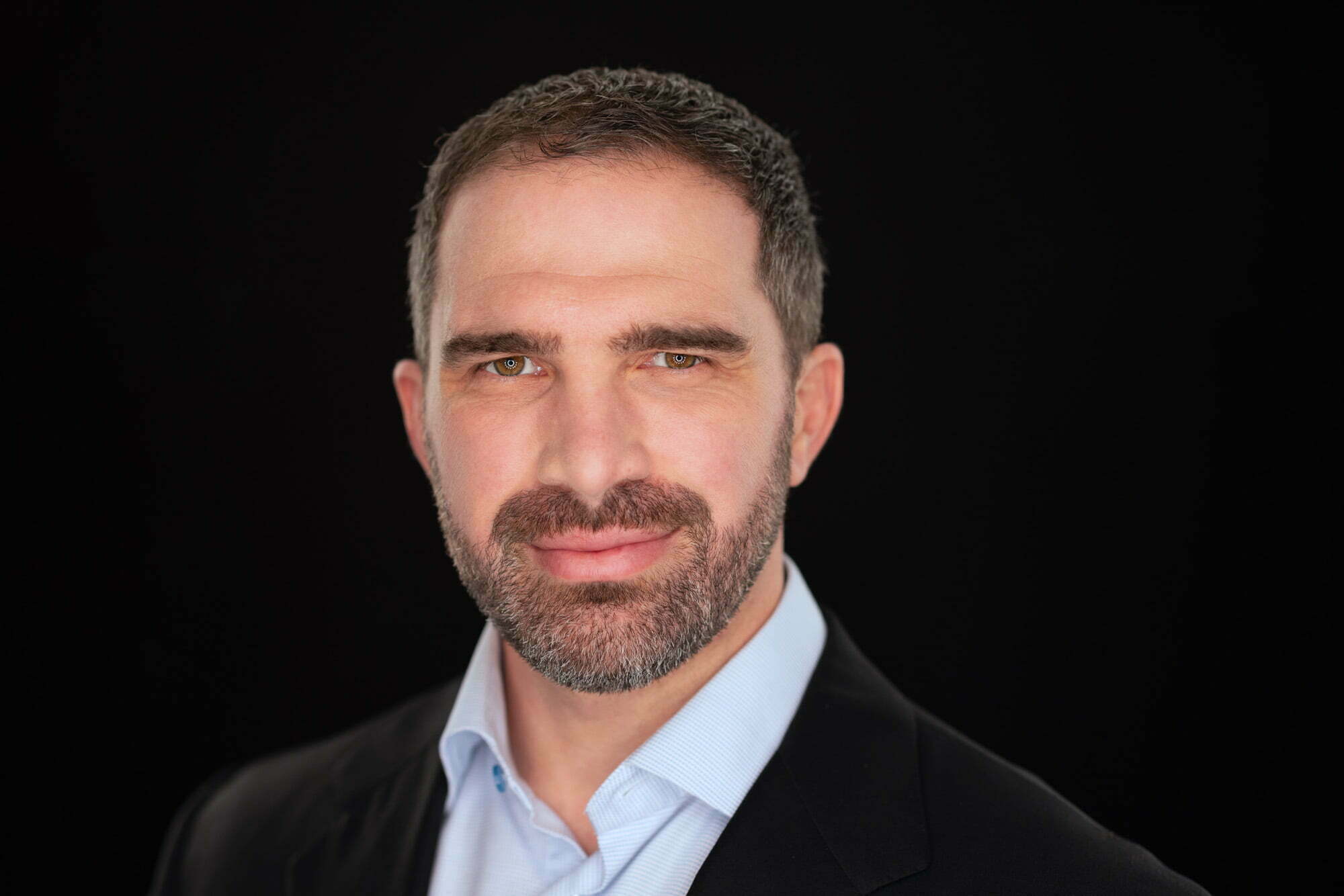
Men’s Headshot Attire
This post will show you how to style your men’s headshot attire for your upcoming photo shoot so you get the best portraits possible.
Where Are You Located?
I am located in Sonoma, California, however I photograph all of my headshots on location and serve Sonoma County, Marin County, Napa County and the following Bay Area cities at no additional charge:
American Canyon, Angwin, Benicia, Boyes Hot Springs, Calistoga, Cotati, Crockett, Dillon Beach, El Verano, Eldridge, Fairfax, Fairfield, Forestville, Glen Ellen, Green Valley, Guerneville, Healdsburg, Hercules, Inverness, Kentfield, Kenwood, Lagunitas, Larkspur, Martinez, Mill Valley, Napa, Novato, Occidental, Penngrove, Petaluma, Pinole, Point Reyes Station, Rohnert Park, Ross, San Anselmo, San Geronimo, San Pablo, San Rafael, Santa Rosa, Sausalito, Sebastopol, Sonoma, St. Helena, Tomales, Vallejo, Windsor, Woodacre
Contact: Headshot Photographer Jason Guy
My name is Jason Guy and I am headshot photographer based out of Sonoma California. My promise to you is that I will capture photos of you and your team that look like what I show here in my portfolio. Every photo on my website is directed, lit, and hand retouched by me, and you can expect the same for your portraits.
All of my headshot sessions are photographed on location with different style options to suit your brand’s needs and budget. I am available for assignments anywhere in Sonoma, Napa & Marin Counties. However, there will be an additional fee (TBD) anywhere more than an hour from Sonoma, California. If you have any questions or are ready to update your headshot, you can get in touch using the form below.

